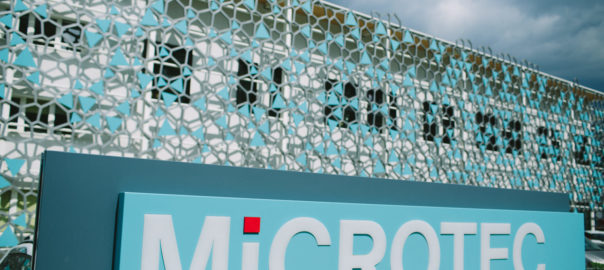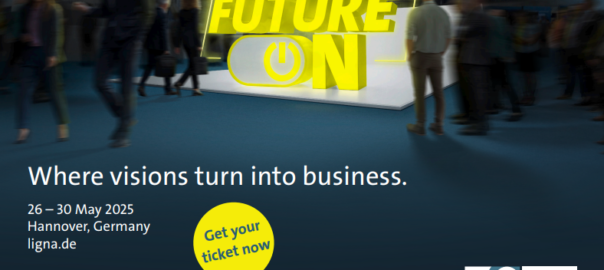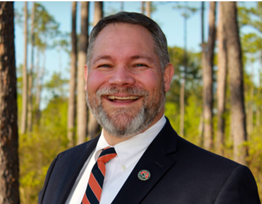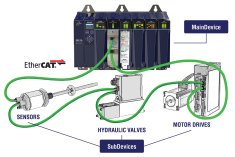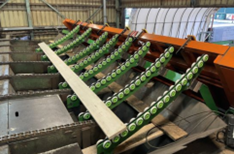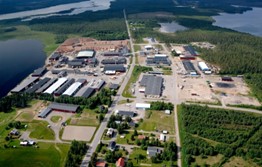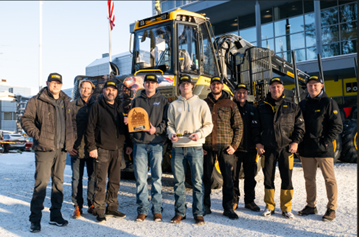Milan, 17 April 2025 – Clessidra Private Equity SGR – one of the largest Italian private equity firms focused on the upper-mid market and part of Clessidra Group, a leading alternative investment operator in Italy – announced the acquisition of MiCROTEC, a leading player in wood and food scanning solutions, from the Austrian GSS GmbH. Federico Giudiceandrea, founder and Chairman at MiCROTEC, will retain his stake in the company and continue his crucial involvement in the company’s R&D strategy, shepherding the business through its next wave of innovation.
Since its foundation, MiCROTEC has secured its competitive edge thanks to a complete in-house development – conducted by a skilled team composed of more than 150 engineers – of all relevant key components and software solutions. Today, MiCROTEC is able to offer integrated scanning solutions for both the wood processing and the food quality control markets. The company’s flagship product, with integrated computerised tomography technology, is unique in the market and its technology was recently in the spotlight thanks to its precious contribution in the identification of the most suitable oak trees required to rebuild the spire of the medieval Catholic Paris-based church Notre Dame. MiCROTEC’s technology allowed the foresters to make informed decisions and guide the selection process with precision without wasting any trees.
Over last decade, MiCROTEC’s expansion was pushed by the European core market, the ramp up of the Northern American market and the addition of the service business. Globally, machine vision solutions continue to grow significantly across a series of end markets as clients tend to invest robustly in such solutions to improve their production processes and to achieve higher levels of efficiency, yield and quality.
MiCROTEC has established long-standing relationships with global top-tier sawmills and food players, and the business is well-positioned to continue its attractive historical growth trend recording today around Euro 100 million of revenues, with around 95% in exports.
MiCROTEC, headquartered in Brixen (Italy), has direct presence in Italy, Northern America, Sweden, Finland and Germany and employs approximately 450 people across the world.
The investment in MiCROTEC represents the seventh transaction of Clessidra Capital Partners 4 and will support management’s ambitious growth plans building upon MiCROTEC’s strong momentum.
Alongside Clessidra, other investors in the transaction include: Italmobiliare, ISA-Istituto Atesino di Sviluppo, Botzen Invest Euregio Finance, 035 Investimenti, BNP Paribas BNL Equity Investments, and Narval Investimenti.
As part of the transaction, Federico Giudiceandrea will reinvest in the business, and remains instrumental, along with key senior managers, CEO Frank Jöst and CSO Arianna Giudiceandrea, in ensuring continuity for the company’s next phase of growth.
Clessidra’s investment team was coordinated by Rebecka Swenson, Managing Director and included Davide Roveda, Investment Director, Leonardo Biemmi, Associate and Luca Vallini, Analyst.
“We founded, in 1980, a company that has evolved into an international leader in its space. We are very pleased to partner with Clessidra, whom we believe will accelerate MiCROTEC’s global expansion and segment diversification,” said Federico Giudiceandrea, Chairman at MiCROTEC. “Clessidra appreciates our uncompromising commitment to innovation and excellence to keep our company at the utmost forefront in the machine vision industry, and we know their financial and operational expertise will be invaluable during this next phase of growth. Together with Clessidra, we look forward to increasing our global footprint and continuing our expansion path while staying true to the qualities and values that have permitted us to reach our current position.”
Timo Springer, Managing Director of GSS GmbH, together with his family shareholders in MiCROTEC since 1997, commented: “We are honored to have had the opportunity to support MiCROTEC in its exceptional growth path over the last decades. MiCROTEC’s success was enabled by an extremely talented and committed management team, and we are very proud of what we have achieved together. We are confident that MiCROTEC will carry on this success in its next chapter, as it continues to design industry-leading solutions for its clients, and we look forward to continuing our commercial partnership with MiCROTEC in the best interests of our customers.
“We are thrilled to partner with MiCROTEC, which over last years has established itself as preferred partner for world leading players, both in the wood and the food industry”, said Andrea Ottaviano, CEO at Clessidra Private Equity SGR. “MiCROTEC has consistently outperformed its reference markets generating double digit revenue growth for the last 15 years. We would like to thank the Springer family for their invaluable role in past years and we look forward to continuing the successful collaboration.”
Rebecka Swenson, Managing Director at Clessidra Private Equity SGR added: “We see tremendous market expansion opportunities given continued focus on innovative scanning solutions, and as we project to build on current success, our aim is also to identify adequate targets across core segments to accelerate the already outlined organic growth path. In this context, we are thrilled to work with Federico and the outstanding team at MiCROTEC to support their vision.”
Terms of the transaction are not disclosed.
Clessidra was assisted by Fineurop Soditic (M&A and debt advisor), Advant NCTM (legal), EY (financial and operations), Goetz partners (business), KPMG (tax and structuring), ERM (ESG), Marsh (insurance), and Groupe Electa (funds flow).
The sellers were assisted by MP Corporate Finance (M&A advisor), Binder Grösswang (legal advisor), Di Stefano Auer Partner (legal advisor) and EY (financial and tax).
The financing was underwritten by BNP Paribas BNL and Banco BPM.
To read previous Microtec related posts click here.




